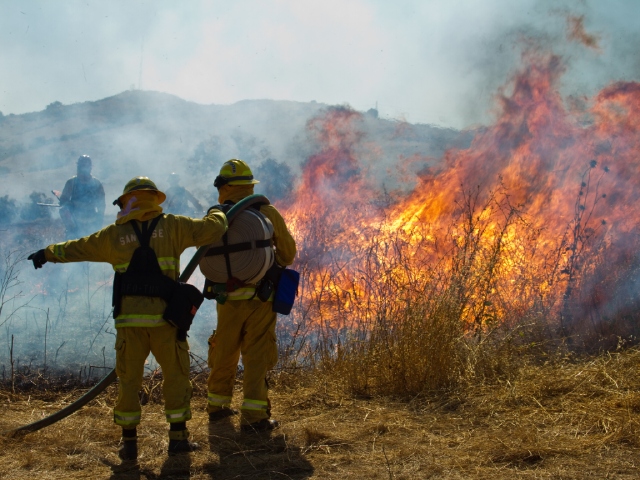
Cardiovascular Disease including stroke remains a leading cause of death in the United States and is the number one cause of death in women, according to the American Stroke Association, a division of the American Heart Association.
In addition, recent research shows that women suffer more activity limitations, greater depression, and worse health-related quality of life after a stroke compared to men.
Prompt identification and immediate treatment may prevent death from stroke and may minimize the long-term effects and potential for disability. During this month of May, when we recognize Mother’s Day and American Stroke Month, the ASA encourages everyone to know the warning signs of stroke.
The acronym F.A.S.T. makes it easier to spot a stroke quickly.
F-face drooping. If you see someone’s face drooping on one side, or if they say it feels numb, ask them to smile, and notice if the smile is uneven.
A-arm weakness. If someone says their arm is weak or acts as if it is numb, ask them to raise both arms, and take note if one arm drifts downward.
S- speech difficulty. If you notice that someone is slurring their speech, ask them to repeat a simple sentence, such as “the sky is blue.” If they can’t do this, they might be suffering a stroke.
T-time to call 911. If someone shows any of these signs, call 911 right away. Check the time when you call, so you can tell emergency responders when you observed the symptoms.
Other symptoms of stroke include general weakness in the face, arm, or leg, especially on one side of the body; confusion (such as in understanding what is being said); trouble seeing in one or both eyes, or trouble walking, dizziness, or loss of balance or coordination. A sudden severe headache with no known cause can be a sign of a stroke, too.
Timing matters. Individuals who suffer a stroke and receive prompt medical treatment with a clot-busting drug or clot-retrieval device are more likely to recover with little or no disability than those who don’t receive prompt treatment. Spot a stroke F.A.S.T and you may save a life.
The F.A.S.T. Experience is a new digital tool launched by the American Stroke Association this month that engages users in a virtual experience educating them on what the warning signs of a stroke look, feel and/or sound like. By helping users to experience the stroke warning signs in a simulated way that is both educational and engaging.
24World Media does not take any responsibility of the information you see on this page. The content this page contains is from independent third-party content provider. If you have any concerns regarding the content, please free to write us here: contact@24worldmedia.com

A Brief Look at the History of Telematics and Vehicles

Tips for Helping Your Students Learn More Efficiently

How To Diagnose Common Diesel Engine Problems Like a Pro

4 Common Myths About Wildland Firefighting Debunked

Is It Possible To Modernize Off-Grid Living?

4 Advantages of Owning Your Own Dump Truck

5 Characteristics of Truth and Consequences in NM

How To Make Your Wedding More Accessible

Ensure Large-Format Printing Success With These Tips

4 Reasons To Consider an Artificial Lawn

The Importance of Industrial Bearings in Manufacturing

5 Tips for Getting Your First Product Out the Door